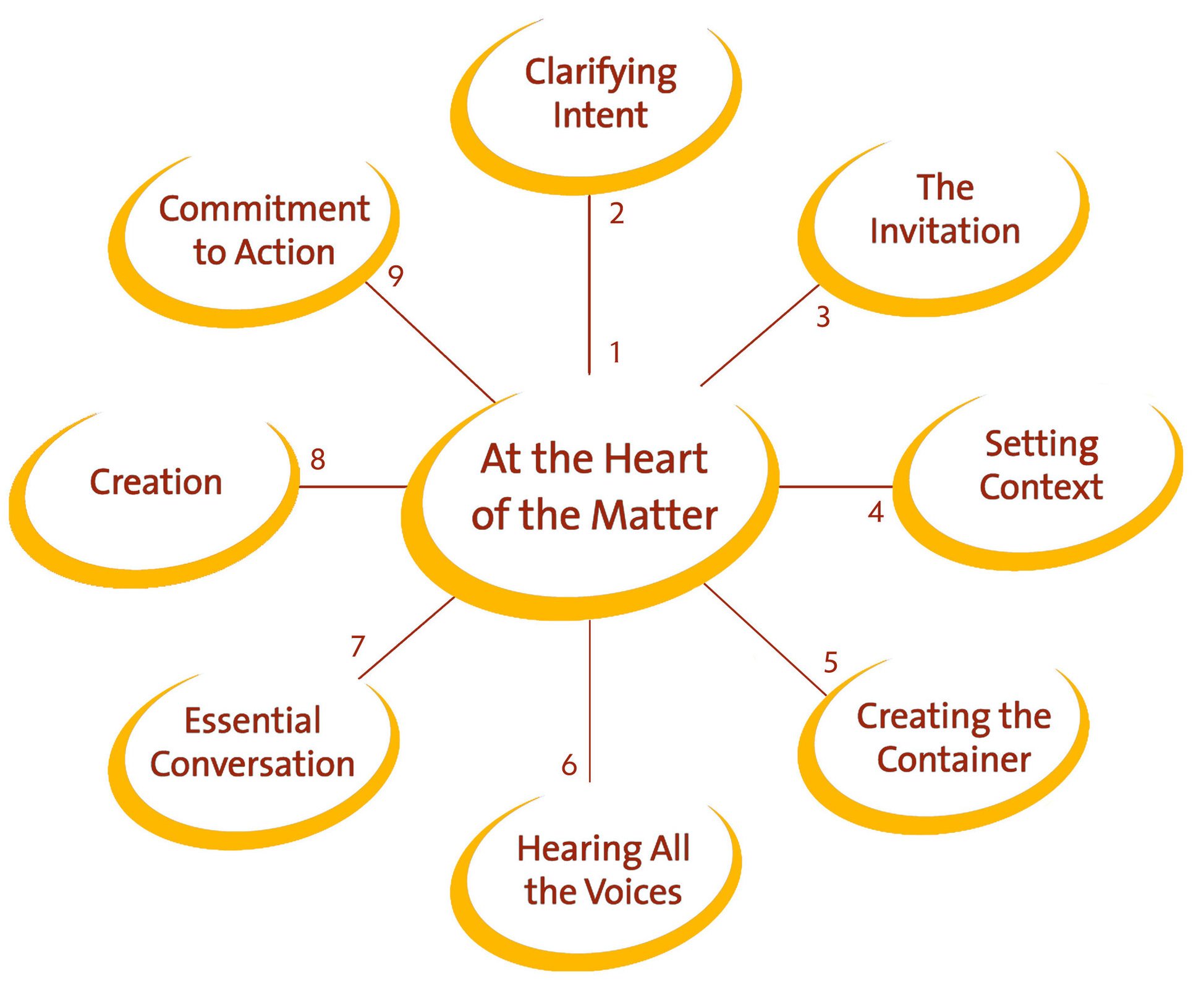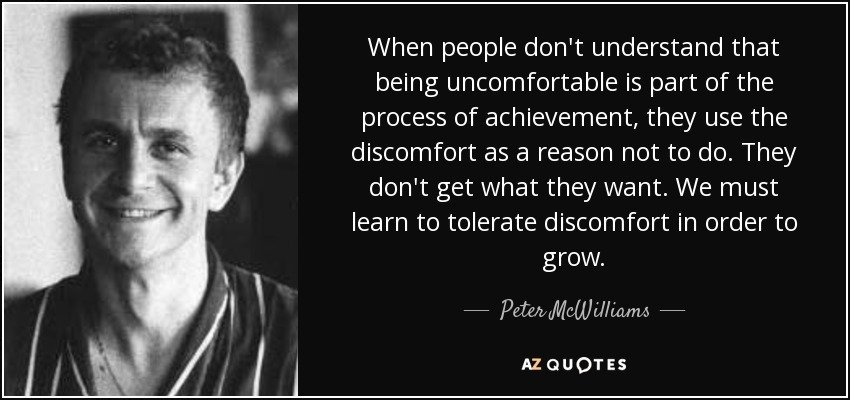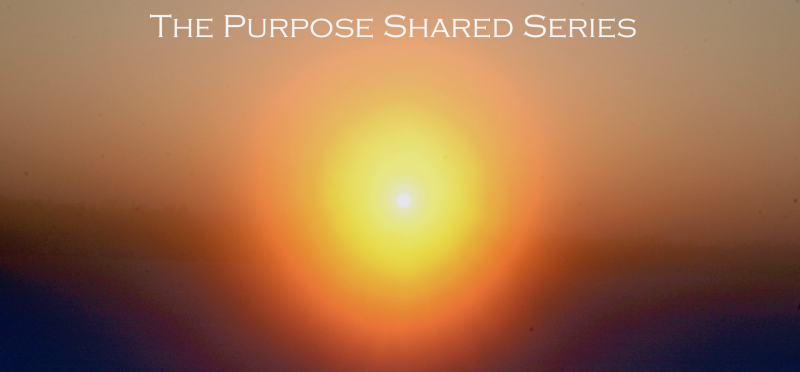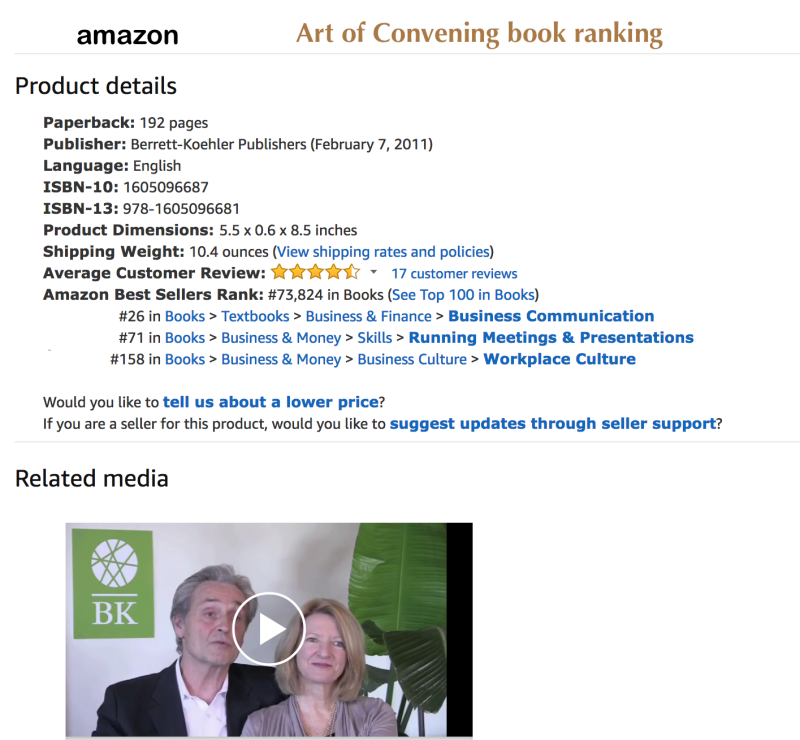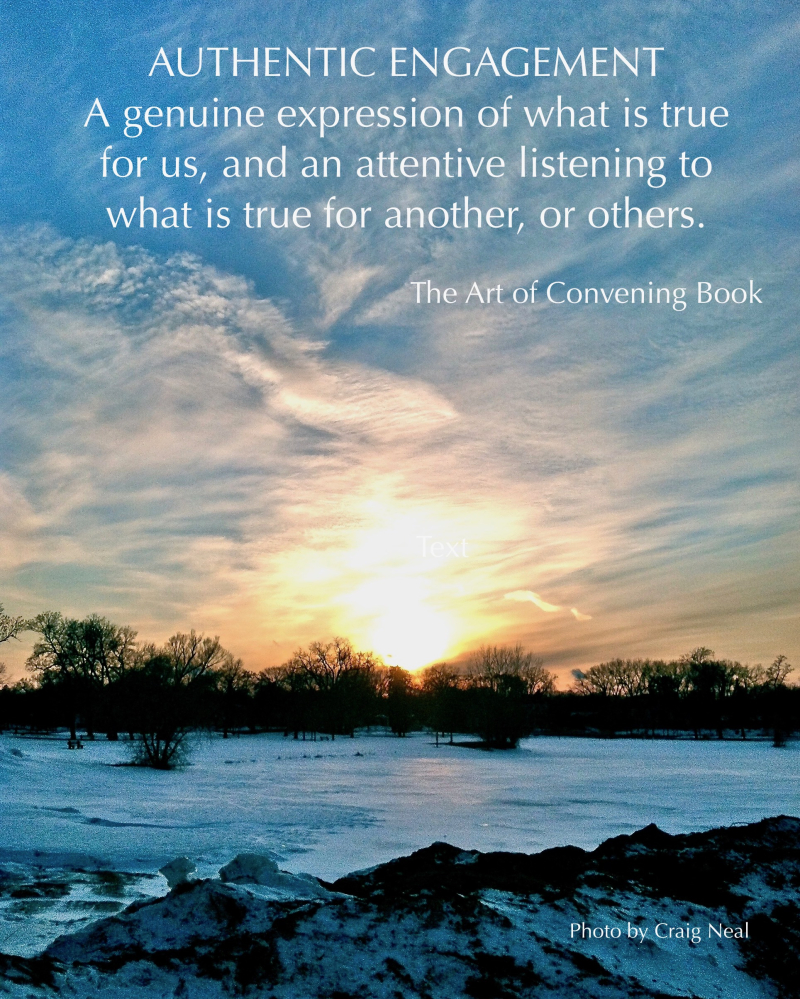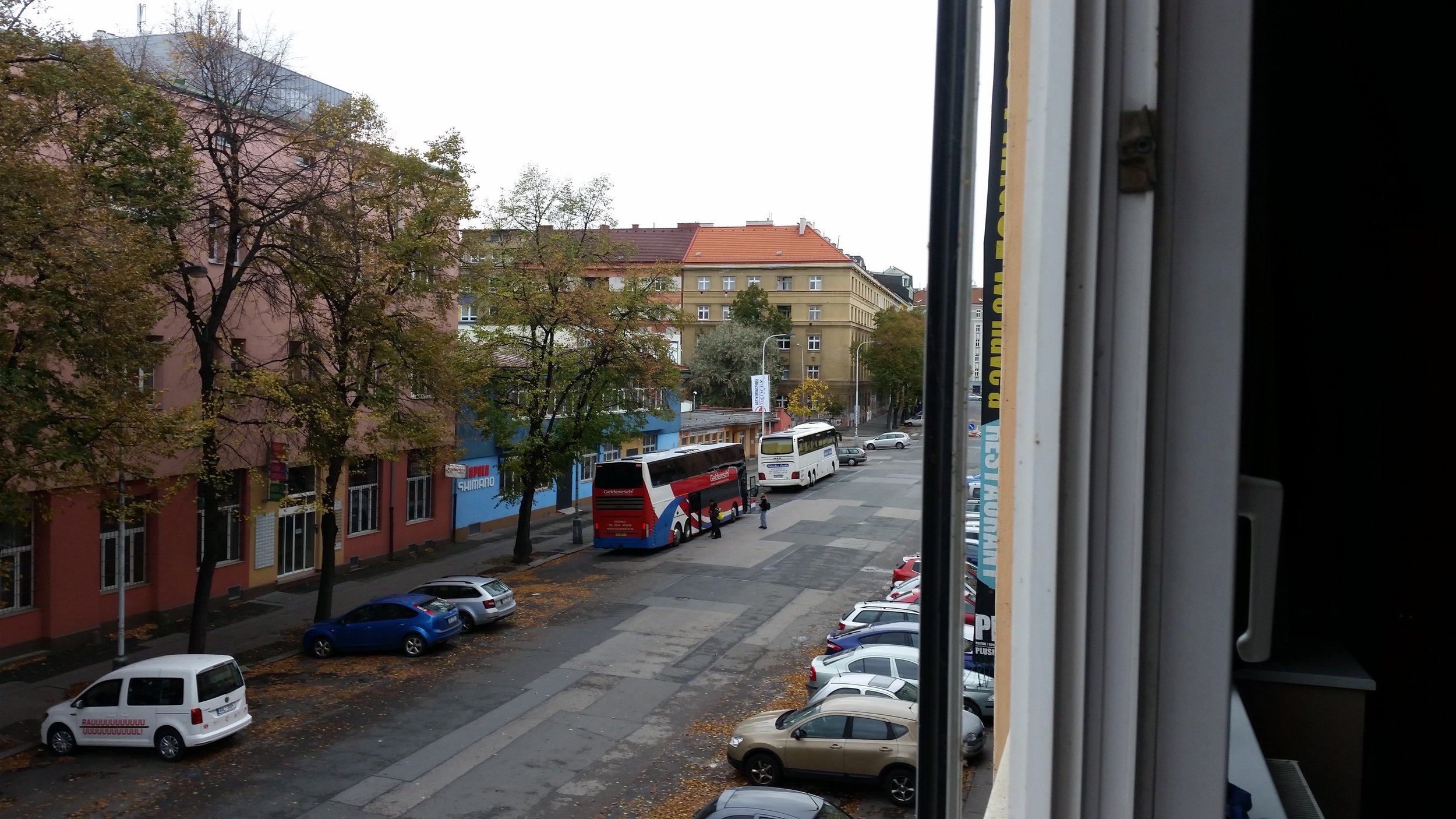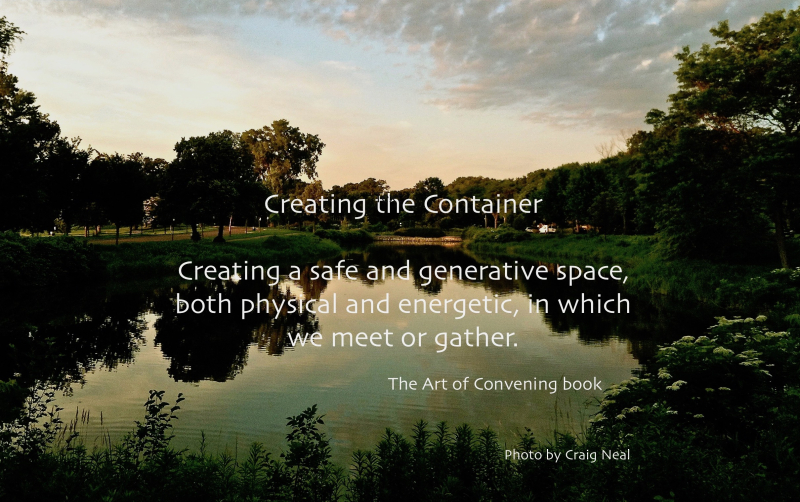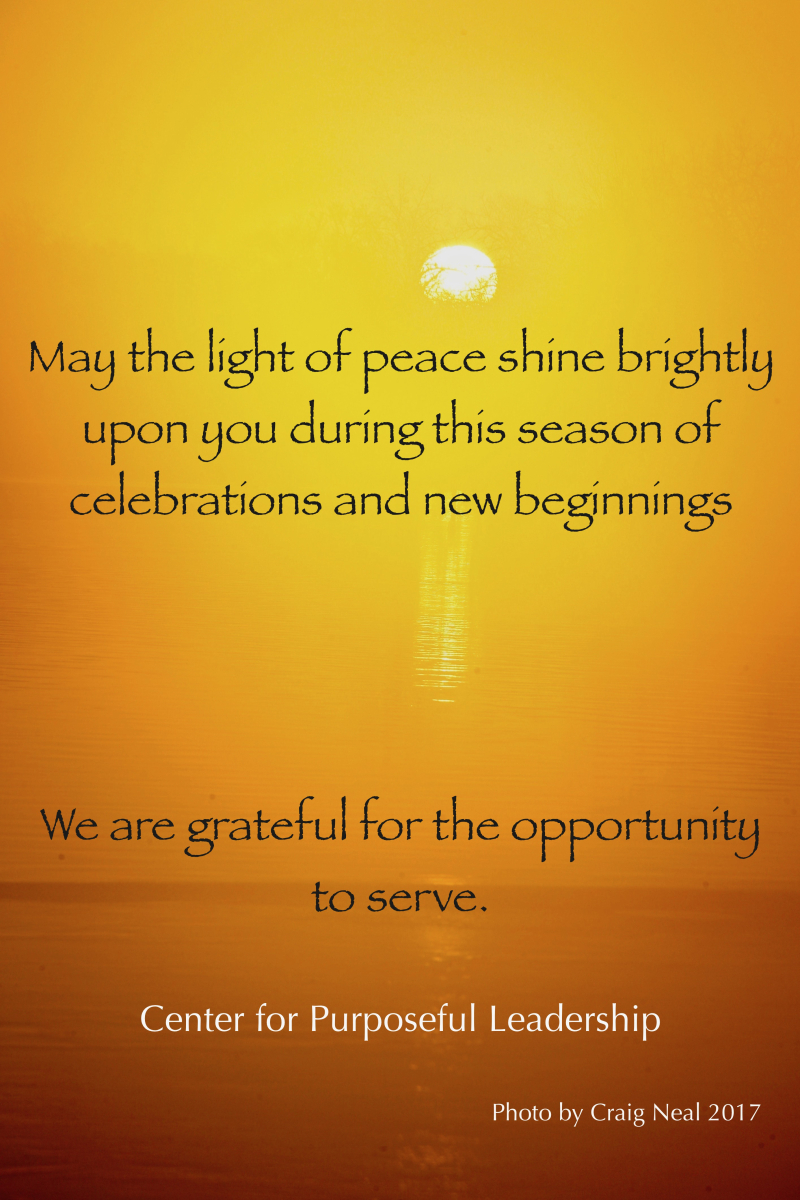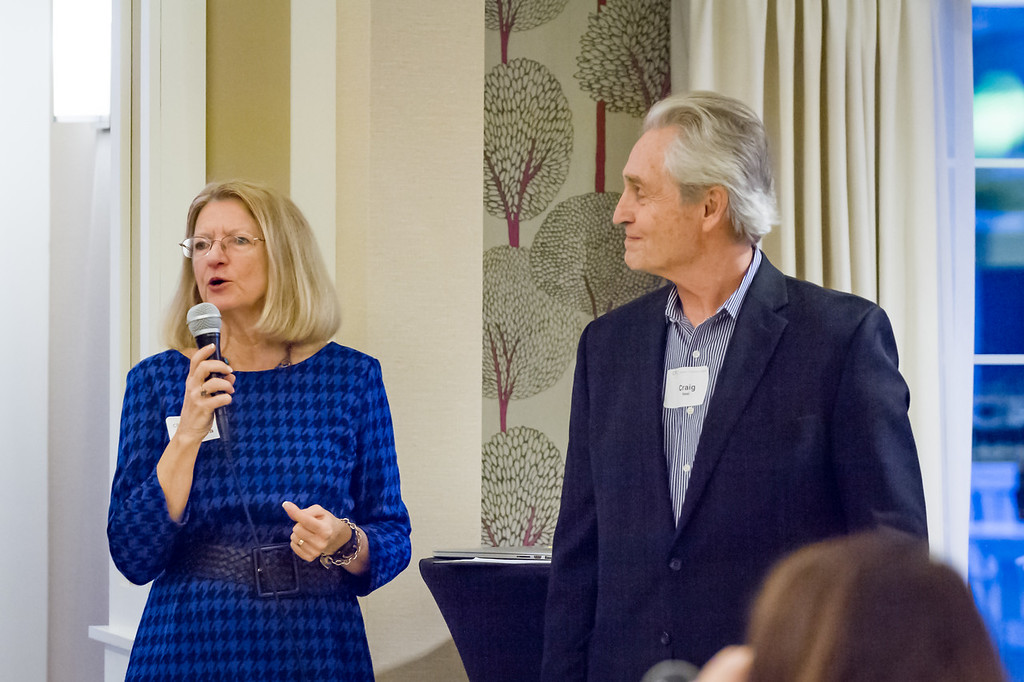by Cindy Wold
I'll be hosting the Thanksgiving dinner at my house again this year. Thanksgiving is one of my favorite holidays! I love the delicious food, the connection, expressions of gratitude, leftovers for days afterward (or sometimes weeks) and of course the people. As I move into this time of year, the Art of Convening reminds me that gathering my family and friends requires more preparation than just buying the food, planning the menu, cleaning/decorating the house and confirming the guests. It is now that I am accutely aware of the "inner game" of convening.
I've learned over time that when my family and long-time friends show up in my environment, so do the memories (some fond, some not so fond), old conflicts, celebrations, hurts, confusion or chaos I may have experienced with them - whether I'm consciously aware of it or not. While the Art of Convening was initially developed to help organizational leaders have more effective meetings, I have learned that the same principles that are effective in a work or organizational context are also effective when gathering family and friends - and possibly much more necessary for cutting through the clutter of our history.
I've experienced first hand how much the inner game of convening can make or break a gathering of those closest to me, more than any other preparation. Now is when I see the value of keeping a regular (or, more likely in my case, irregular) practice of exploring who I am. I go for walks alone, meditate, and reflect on myself - quietly revealing what I'm ready to discover. This kind of practice is the center of the convening wheel, At the Heart of the Matter. I'm doing this because I know that the experience of being with the people closest to me will move me, one way or another, and I need to know during this powerful time, clearly, who I am and how I want to be with them.
I remember the gathering disasters in the past (some not so distant) - either tense politeness or explosive arguments - when I carried invisible (I thought) resentments, expectations or hurts just under the surface of my awareness. Those failures help me realize how much I need to reflect on my intention for our Thanksgiving gathering. I know this is important.
When I have brought to my awareness all of the intentions or motives I can think of for my gathering, both good and not so good (showing off, getting even, reliving the past, controlling outcomes, having fun), I can consciously choose to set aside anything that might sabotage my gathering and choose to keep intentions that are in line with who and how I want to be. I like to concentrate particularly on the desire for authentic engagement with my guests. This is the practice of Clarifying Intent. I don't need to know exactly why it works. I know from experience that when I do this clarification, it makes a difference in me and others in my gathering - intention has substance that is perceived and acted upon.
(I want to note here that Clarifying Intent is not repressing or forgetting something important just because it might be negative - in fact, while doing this step I bring to mind anything I can think of that is associated with the occasion or the people there - good or bad. It is, rather, remembering and keeping MOST prominent the things that are MOST important.)









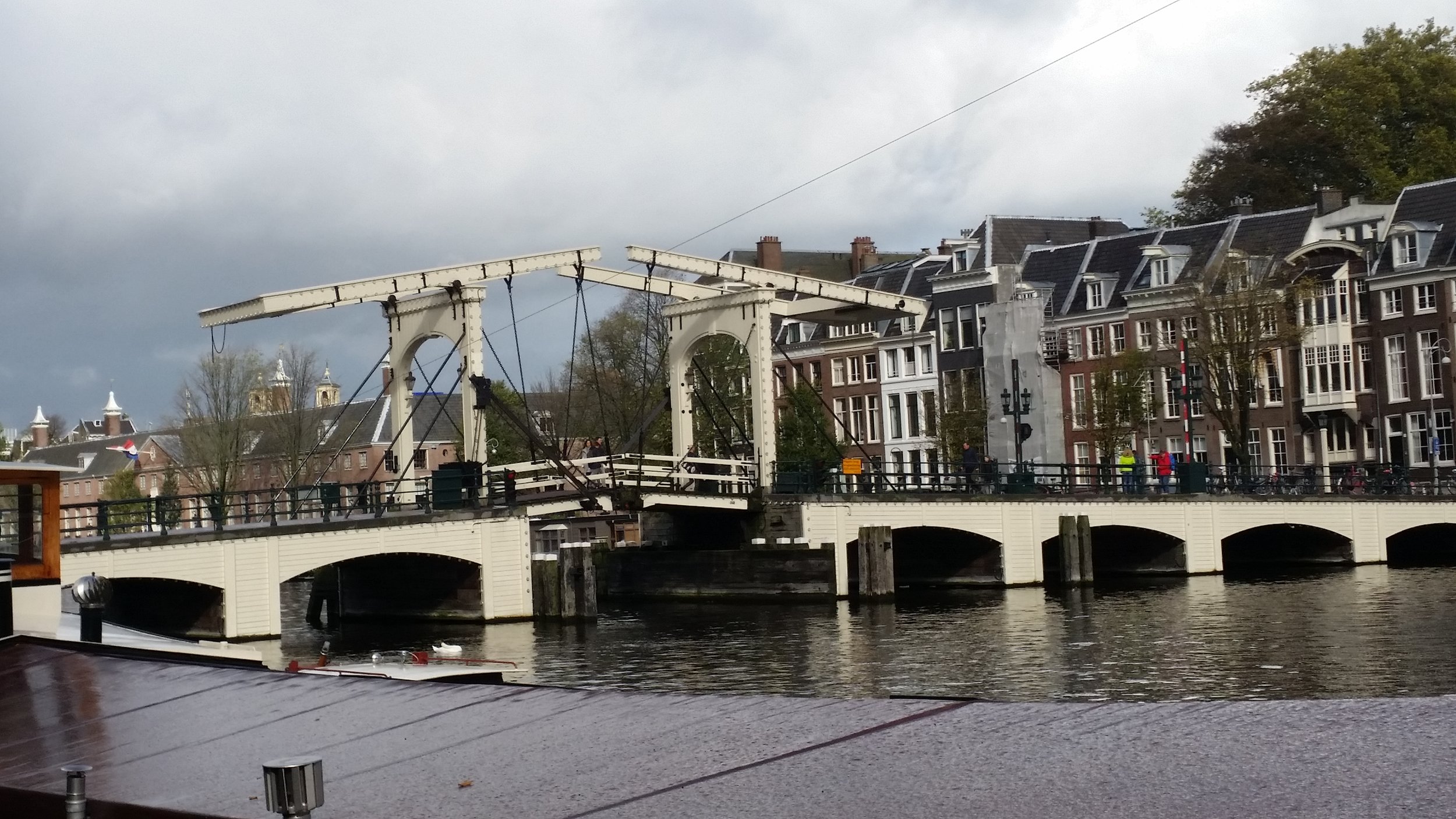
















![[Hearth] Voices from Ukraine: Part 2](https://images.squarespace-cdn.com/content/v1/58a4e3be9de4bb98b066fd6f/1647955546471-VUGA4FCGFEUYJ29TEQVA/sunforest-mix-sunflower-types-1586794598.jpeg)

